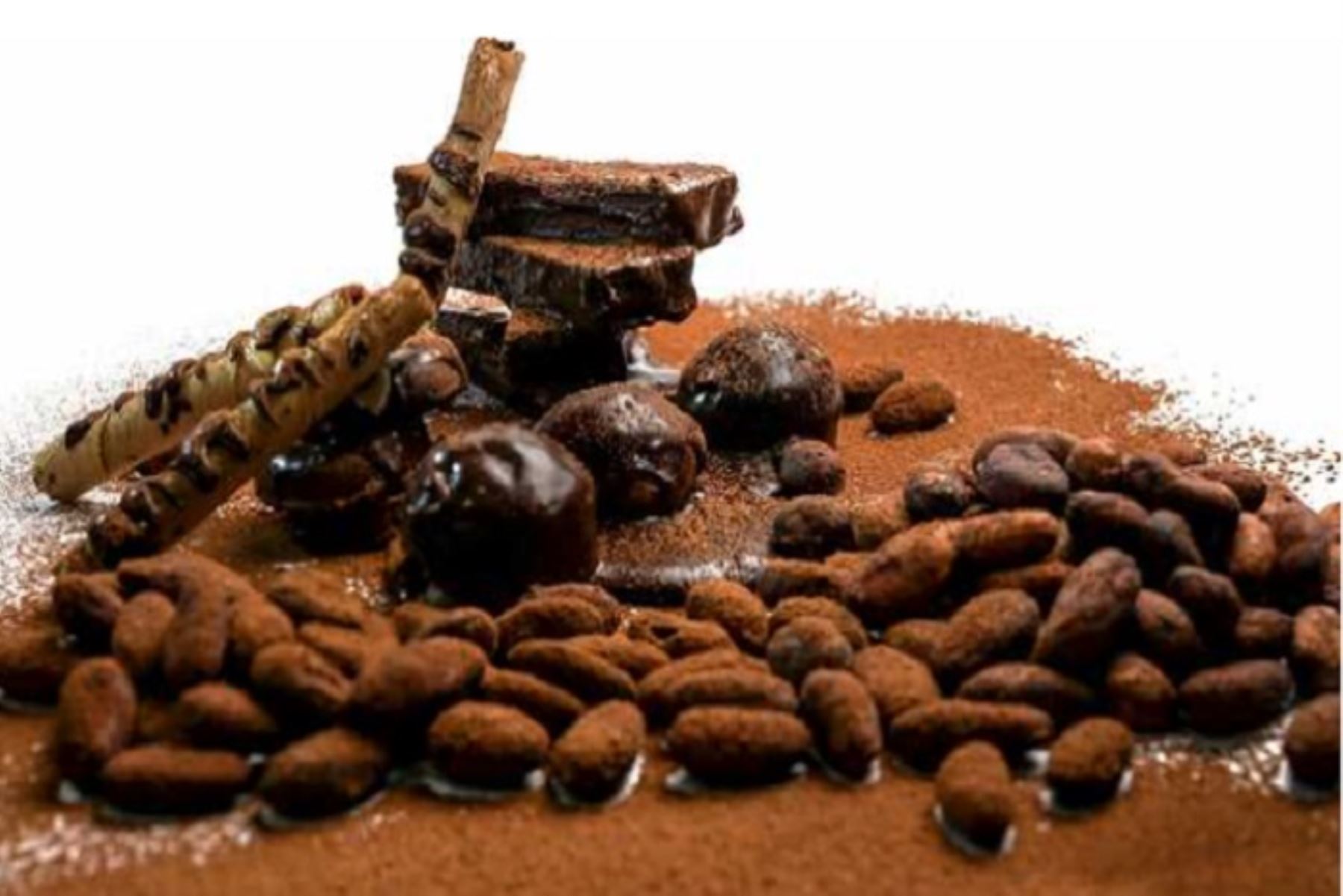
LIMA, Oct 2 (NNN-ANDINA) — For the 12th year in a row, Peru commemorates “Cacao and Chocolate Day” on Oct 1, an important commercial platform to highlight cacao, as an original product with high genetic diversity from the Peruvian Amazon, the Ministry of Agrarian Development and Irrigation (Midagri) reported.
Peru is the center of origin of cacao, which is recognized worldwide for its natural characteristics, fine flavor, and aroma.
Moreover, the South American country is considered one of the main world producers and exporters of cacao, with the main markets for exports being the Netherlands, Indonesia, Mexico, Malaysia, the USA, Italy, Spain, Germany, among others.
Peru is the third largest exporter of organic cacao in the world, only behind Mexico and Indonesia, and is one of the ten producing and exporting nations of this product.
Furthermore, the above-mentioned Andean country has great genetic diversity. Its native cacao varieties include as white cacao of Piura, pure national cacao of San Ignacio, Marañon cacao of Jaen, Chuncho cacao of Cusco, and Montaña cacao of Junin, which are recognized as fine cacao, among others. They all have high commercial and sustainable value in the international market.
Last year alone, Midagri announced that more than 65,000 tons of Peruvian cacao beans were exported, representing an FOB value of more than US$155 million, which meant an increase of 18% in volume and 8% in value compared to 2021.
In addition, cacao cultivation involves approximately 90,000 producers, mainly family farmers located in 16 regions across the country, who in 2022 achieved a production of 170,300 tons.
Between 2000 and 2020, global cacao production grew by 72%, and Peru has been the second country, whose production has grown the most in said period.
In Peru, per capita consumption of chocolate reaches 500 grams per year, and the sector’s goal is to increase it to one kilo by 2025.
The area with the highest chocolate consumption is Europe. For instance, in countries such as the Nethelands, Sweden, Switzerland, the per capita consumption equals 8 kilos annually, while in Italy, Spain, and Germany, it is between 4 and 5 kilos per year. — NNN-ANDINA





